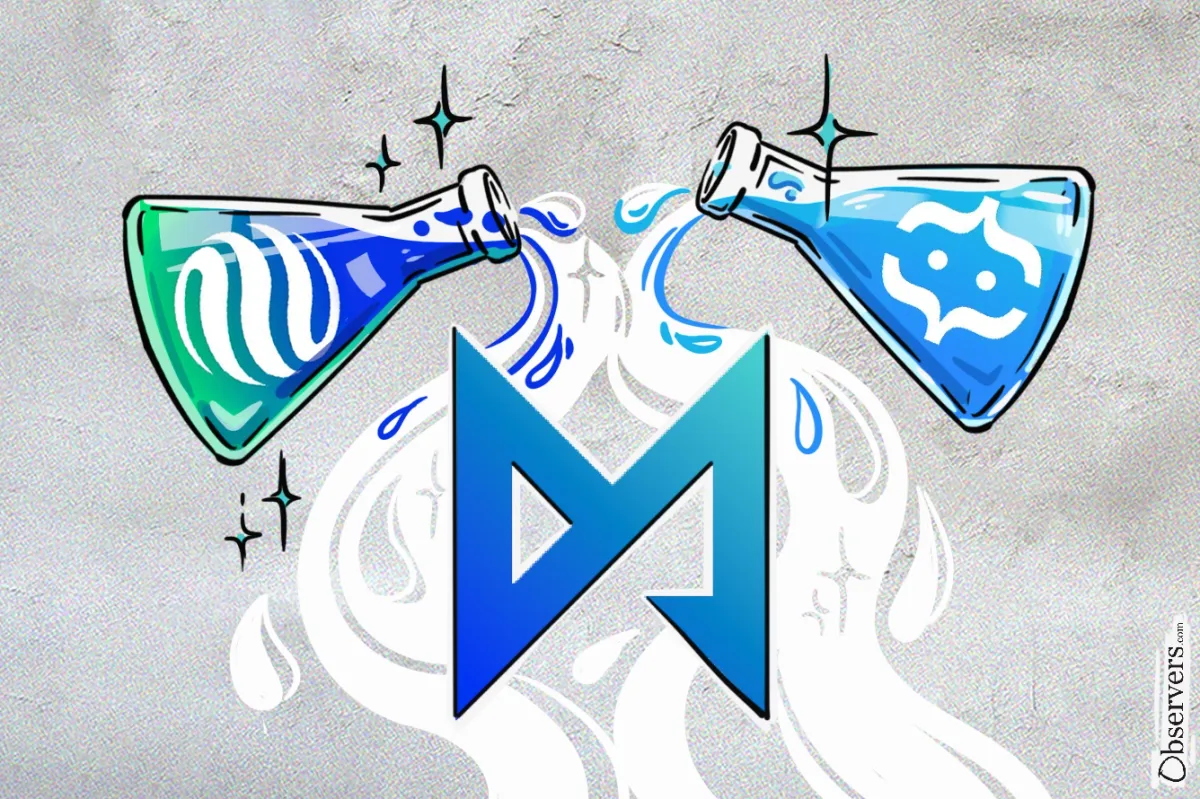
Socket Protocol and ZeroDev have rolled out a novel solution to tackle the problem of liquidity fragmentation on Ethereum. Their new smart wallet lets users maintain a single balance that works across Ethereum and its various Layer 2 networks, a huge step forward for simplifying user experience on the blockchain.
As Ethereum has evolved, its shift towards a rollup-centric architecture helped scale the network, but it also led to a more fragmented ecosystem. This setup spreads users and their assets across multiple unique networks, making transactions and interactions complex.
In a recent talk, the founder of Ethereum, Vitalik Buterin, pointed out the issue:
“Using the greater Ethereum-verse should not feel like you’re jumping between 34 blockchains. It should feel like you’re using Ethereum.”
However, currently, Ethereum feels like a collection of different chains and layers, each offering distinct functionalities. To interact with these layers, users need to keep funds on each one and deal with a slow and complex bridging process. Bridges are supposed to make things easier, but they introduce new middlemen, making the network feel less cohesive.
The rate at which new Layer 2 networks are popping up (about one every 19 days) is only making fragmentation worse. Against this backdrop, the solution from Socket and ZeroDev is quite a game-changer.
They have introduced “Magic Accounts,” which allows for a simpler way to handle your tokens. Instead of having to manage different balances like 100 USDC on Arbitrum and 200 USDC on Base, you just see one total balance of 300 USDC. This sum is instantly accessible for spending on any chain, cutting out the usual delays that come with bridging funds between networks. This makes managing crypto holdings far simpler and more efficient.
Through account abstraction and chain abstraction, Magic Account not only removes the need for bridges between the chains but also eliminates the major pain points with Web3 UX today, including:
- Gas - projects can sponsor gas for other users or just let them pay gas with their tokens on another chain
- Seed phrases - users can log in with socials and passkeys,
- Confirmations - utilizes an open standard for automating user transactions to enable 1-click trading and even server-side automation.
Although the teams haven’t fully explained how everything works on a technical level, they have already demonstrated a demo exchanging USDC on Uniswap on different networks.
They have also showcased an example of USDC to DAI cross-chain conversion with Magic Accounts:
Magic Account can now spend USDC as any tokens!
— ZeroDev (@zerodev_app) September 24, 2024
For example, if you have 100 USDC on Base, you can deposit 100 DAI into a vault on Arbitrum -- without dealing with bridging and swapping 🔥
Get started with Magic Account now: https://t.co/moJW98kzpn
Essentially, the plan involves using Ethereum’s account abstraction and Socket’s Solver Network. In this setup, every account operates like a smart contract, and Solvers within the network compete to efficiently route transactions made from these smart wallets. This could completely change how transactions are handled across multiple L2 networks.
Looking ahead, the vision for the Ethereum ecosystem is one where wallets pave the way for a more application-centric future. These wallets have the potential to reduce barriers for decentralized applications by managing gas fees and streamlining users’ interactions with the blockchain.
Ideally, users will be able to engage with dApps effortlessly without needing to know which network they are using. This vision closely aligns with Ethereum’s goal of creating a seamless, user-friendly experience.

